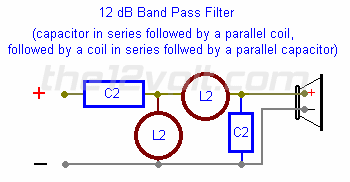coils/capacitors for crossovers?
Printed From: the12volt.comForum Name: Car Audio
Forum Discription: Car Stereos, Amplifiers, Crossovers, Processors, Speakers, Subwoofers, etc.
URL: https://www.the12volt.com/installbay/forum_posts.asp?tid=128634
Printed Date: June 10, 2024 at 3:56 AM
Topic: coils/capacitors for crossovers?
Posted By: carrfamilynj
Subject: coils/capacitors for crossovers?
Date Posted: September 26, 2011 at 8:09 PM
Replies:
Posted By: i am an idiot
Date Posted: September 26, 2011 at 8:57 PM
Posted By: carrfamilynj
Date Posted: September 27, 2011 at 4:04 AM
Posted By: haemphyst
Date Posted: September 27, 2011 at 8:46 AM
Posted By: carrfamilynj
Date Posted: September 27, 2011 at 6:52 PM
Posted By: i am an idiot
Date Posted: September 27, 2011 at 8:02 PM
Posted By: i am an idiot
Date Posted: September 27, 2011 at 8:06 PM
Posted By: haemphyst
Date Posted: September 28, 2011 at 2:00 AM
Posted By: i am an idiot
Date Posted: September 28, 2011 at 6:07 AM
Posted By: the12volt
Date Posted: September 28, 2011 at 6:57 AM
Posted By: i am an idiot
Date Posted: September 28, 2011 at 8:13 AM
Posted By: the12volt
Date Posted: September 28, 2011 at 9:01 AM

 the12volt •
the12volt •